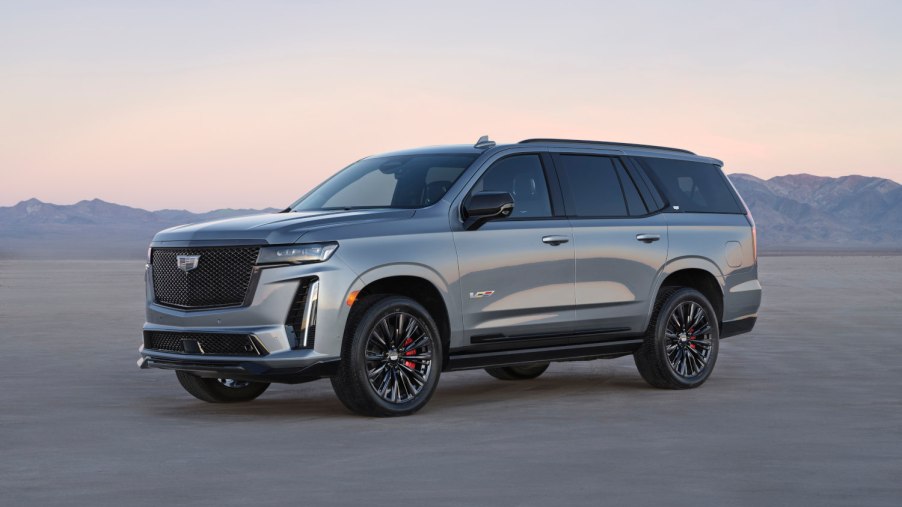
When Did SUVs Become so Popular?
American consumers looking for new cars have a seemingly insatiable taste for SUVs. A glance out your car window on a crowded highway will back up this assertion within seconds. You’ll see a near-endless wave of just a few types of vehicles, mostly SUVs, and a curiously high number of crossovers in particular.
How did this once-niche category of vehicles once marketed to hikers, campers, and cyclists end up being the quintessential American family vehicle? When did that cultural shift in personal vehicle tastes take place? And how much longer will the trend last?
SUVs continue to dominate new car sales in 2023
Watching who zooms by on your local roads is purely anecdotal evidence, of course. But there are hard numbers backing up just how dominant SUVs are, too. These vehicles make up the top sellers for most automakers worldwide.
The only exceptions among the most popular sellers are the increasingly massive pickup trucks from Ford, General Motors, and Ram, the New York Times reports. These days, those take up the top three spots.
So clearly, Americans want power, and aren’t shy about size. And the compromise between the full-size SUV and the simple family sedan is the most popular variant of the bunch. The space got even more interesting in recent years, as Tesla’s all-electric Model Y crossover emerged as the best-selling SUV in the country.
When did the popularity of SUVs begin to rise?
The true history of SUVs goes back to the 1930s. The military-focused category was largely absent in the mass market for decades, outside of curiosities like the Range Rovers of the ’19’80s, Car and Driver reports. Various vehicles took on characteristics of the SUV in more commuter-oriented forms, hinting at mass demand for things like all-wheel drive in smaller cars.
But a spike in popularity of pickup trucks in the early ’90s led to a spike in interest in all-terrain vehicles. It was full-size SUVs like the Dodge Durango that started to really turn consumer’s heads in the late ’90s—1999 in particular. Built like trucks, but with a rugged frame that could cart around a family, SUVs suddenly started taking over the niche that the humble minivan once owned almost completely.
Meanwhile, Subaru had quietly built a dedicated fan base around its small SUVs starting in the mid-’90s. Automakers eventually took notice in the early 2000s, and by the middle of that decade the crossover set on its path toward being the most popular category of personal vehicles among new car buyers.
In short, the SUV in its various forms became a craze right at the turn of the millennium, and hasn’t slowed much since.
Has the SUV craze hit its peak yet?
The most curious aspect of the SUV craze is how much it drifted away from the original appeal. Full-size SUVs were once an exceedingly common sight, especially in the first half of the 2000s. But by the 2010s, smaller models have taken over. For a craze that was all about replacing the minivan, these days the biggest victim of the SUV’s success is the station wagon.
AutoInfluence reports that the rise of commuter-oriented pickups explains the fall of the full-size SUV. There has even been a minor resurgence of minivans, as some consumers have decided to rank fuel efficiency higher on their list of preferences. Pickups have focused so squarely on commuters, that commercial buyers have shown increased interest in full-size vans, instead.
But the crossover remains strong, and with sales up in 2023, there’s no end to the category’s dominance in sight. Even as EVs emerge to slowly replace gas-powered vehicles, the top sellers are squarely in the small SUV niche. Crossovers appear to be both the recent past, and future, of the American new car market.


